How do you know when you have poison ivy. Identifying Poison Ivy Rash: Symptoms, Causes, and Treatment Guide
How does poison ivy rash manifest. What are the primary symptoms of poison ivy exposure. Can poison ivy rash spread through scratching. How long does poison ivy rash typically last. What are the most effective treatments for poison ivy rash.
Understanding Poison Ivy: The Plant and Its Effects
Poison ivy (Toxicodendron radicans) is a common plant found throughout North America that can cause an uncomfortable and sometimes severe allergic reaction in humans. The plant contains an oil called urushiol, which is responsible for the characteristic rash and other symptoms associated with poison ivy exposure.
Recognizing poison ivy is crucial for avoiding contact. The plant typically has clusters of three leaves, hence the saying “leaves of three, let it be.” However, the appearance can vary depending on the season and location.
Key Characteristics of Poison Ivy Plants:
- Clusters of three leaflets
- Leaves can be glossy or dull
- Leaf edges may be smooth or slightly toothed
- Color ranges from light to dark green, turning red in fall
- Can grow as a vine or low shrub
Symptoms of Poison Ivy Rash: What to Look For
When exposed to poison ivy, the skin reaction typically develops within 12 to 48 hours. The severity of symptoms can vary widely between individuals, depending on their sensitivity to urushiol and the extent of exposure.

Common Symptoms of Poison Ivy Rash:
- Redness and swelling of the skin
- Intense itching
- Formation of blisters
- Streaky or patchy rash appearance
- Oozing of clear fluid from blisters
Can poison ivy rash appear in different patterns? Indeed, the rash often appears in a line or streak, following the path where the plant brushed against the skin. However, it can also manifest as patches or scattered spots, depending on how contact occurred.
Distinguishing Poison Ivy Rash from Other Skin Conditions
Identifying poison ivy rash correctly is essential for proper treatment. However, it can sometimes be confused with other skin conditions. Here’s how to differentiate poison ivy rash from similar-looking ailments:
Poison Ivy Rash vs. Eczema:
- Poison ivy rash: Often linear or streaky, with clearly defined edges
- Eczema: Usually appears in patches, often in specific areas like elbow creases
Poison Ivy Rash vs. Hives:
- Poison ivy rash: Develops over hours to days, usually with blisters
- Hives: Appear and disappear rapidly, often within hours
Poison Ivy Rash vs. Insect Bites:
- Poison ivy rash: Spreads over larger areas, develops blisters
- Insect bites: Usually appear as individual, raised bumps
The Lifecycle of Poison Ivy Rash: From Exposure to Healing
Understanding the typical progression of poison ivy rash can help manage expectations and guide treatment decisions. The rash usually follows a predictable pattern, though individual experiences may vary.
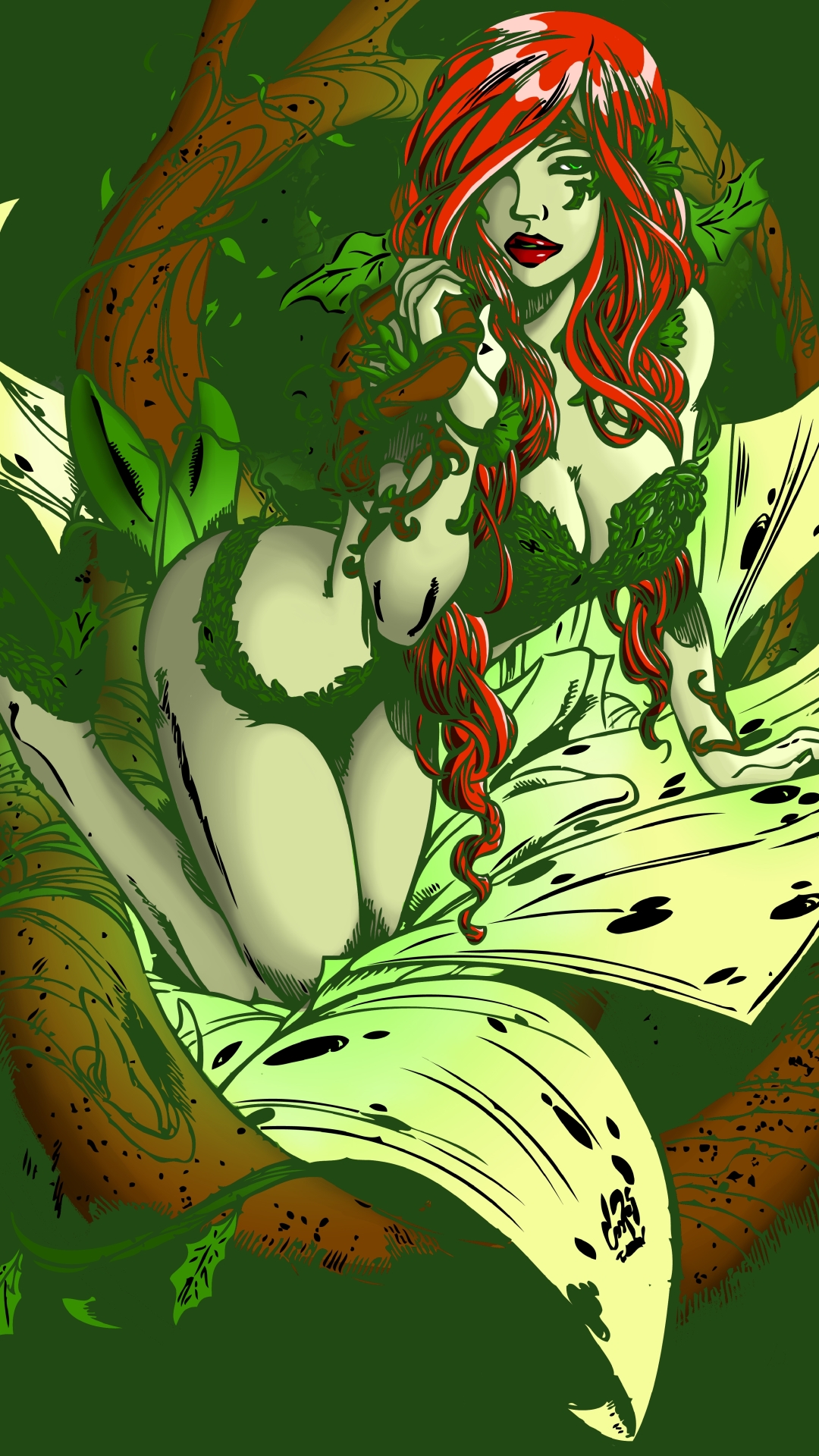
Stages of Poison Ivy Rash:
- Initial contact (no visible symptoms)
- Redness and itching (12-48 hours after exposure)
- Swelling and blister formation (1-4 days after exposure)
- Crusting and scaling of blisters (4-7 days after onset)
- Gradual healing (1-3 weeks, depending on severity)
How long does poison ivy rash typically last? The duration can vary, but most cases resolve within 1-3 weeks. Severe cases or those involving extensive exposure may take longer to heal completely.
Myths and Facts About Poison Ivy Rash Transmission
Several misconceptions surround the spread and transmission of poison ivy rash. Let’s clarify some common myths and establish the facts:
Myth: Poison ivy rash is contagious
Fact: The rash itself is not contagious. It cannot spread from person to person through direct contact or fluid from blisters. Only the urushiol oil can cause the rash, and it’s typically removed from the skin within a few hours of exposure.
Myth: Scratching always spreads the rash
Fact: While scratching can introduce bacteria and lead to infection, it doesn’t typically spread the rash to new areas. The appearance of spreading is usually due to varying reaction times on different parts of the body or continued exposure to contaminated objects.

Myth: You can become immune to poison ivy
Fact: While sensitivity can change over time, there’s no guaranteed immunity. Some people may become more sensitive with repeated exposures, while others may see reduced reactions.
Effective Treatment Strategies for Poison Ivy Rash
Treating poison ivy rash focuses on relieving symptoms and promoting healing. The approach may vary depending on the severity of the reaction.
Home Remedies for Mild Cases:
- Cool compresses to reduce itching and inflammation
- Calamine lotion or hydrocortisone cream for itch relief
- Oral antihistamines to manage itching and aid sleep
- Lukewarm oatmeal baths to soothe irritated skin
Medical Treatments for Severe Cases:
- Prescription-strength topical corticosteroids
- Oral corticosteroids for widespread or severe reactions
- Antibiotics if secondary bacterial infection occurs
What are the most effective treatments for poison ivy rash? For mild to moderate cases, over-the-counter hydrocortisone cream and oral antihistamines often provide significant relief. Severe cases may require prescription medications, particularly oral corticosteroids, which can dramatically reduce inflammation and itching.

Prevention Strategies: Avoiding Poison Ivy Exposure
Preventing contact with poison ivy is the most effective way to avoid the uncomfortable rash. Here are some strategies to minimize the risk of exposure:
Identification and Awareness:
- Learn to recognize poison ivy in different seasons
- Be cautious in wooded areas, especially during spring and summer
- Use poison ivy identification apps or guides when hiking
Protective Measures:
- Wear long sleeves, pants, and closed-toe shoes in high-risk areas
- Use barrier creams designed to block urushiol oil
- Keep pets from running through areas where poison ivy may grow
Post-Exposure Actions:
- Wash exposed skin with lukewarm water and mild soap within 30 minutes
- Clean contaminated clothing and tools with hot water and detergent
- Avoid burning poison ivy plants, as inhaling the smoke can cause severe reactions
When to Seek Medical Attention for Poison Ivy Rash
While most cases of poison ivy rash can be managed at home, certain situations warrant professional medical care. Recognizing these scenarios is crucial for preventing complications and ensuring proper treatment.
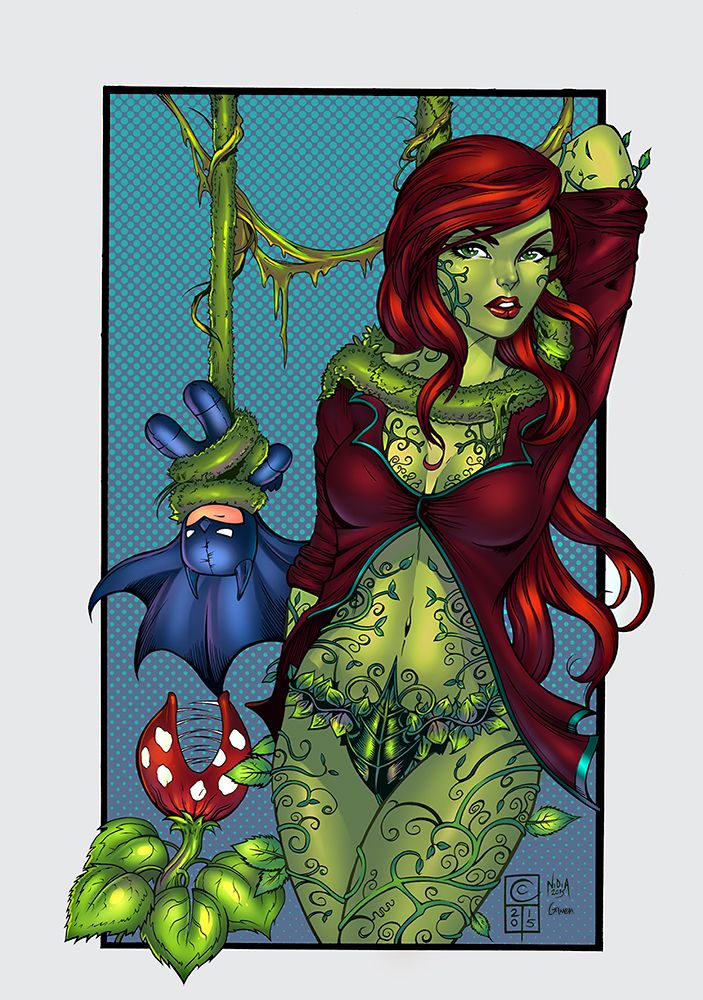
Signs That Indicate a Need for Medical Attention:
- Severe swelling, especially of the face or genitals
- Difficulty breathing or swallowing
- Fever above 100°F (37.8°C)
- Rash covering more than 25% of the body
- Signs of infection (increased pain, pus, or red streaks)
- Rash persisting for more than three weeks
- History of severe reactions to poison ivy
When should you go to the emergency room for a poison ivy rash? Seek immediate medical care if you experience difficulty breathing, severe swelling of the face or throat, or if the rash covers a large portion of your body. These symptoms could indicate a severe allergic reaction requiring prompt treatment.
Long-Term Effects and Complications of Poison Ivy Exposure
While most poison ivy rashes resolve without long-term consequences, repeated or severe exposures can lead to complications. Understanding these potential issues can help in taking appropriate precautions and seeking timely medical care.
Possible Complications:
- Bacterial skin infections
- Scarring from severe blistering or scratching
- Increased sensitivity to future exposures
- Psychological distress from severe or recurring rashes
Can repeated poison ivy exposure lead to more severe reactions? In some cases, yes. While not universally true, some individuals may develop heightened sensitivity to urushiol over time, potentially resulting in more intense or widespread reactions with subsequent exposures.
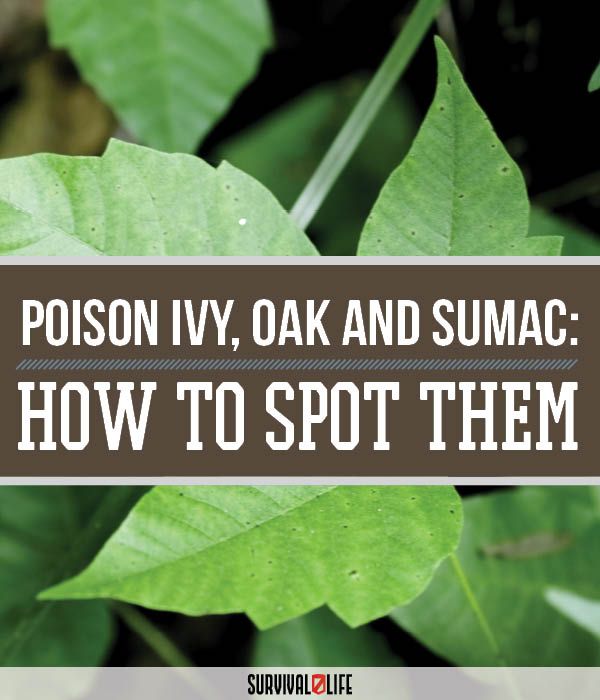
Managing Long-Term Risks:
- Maintain vigilance in avoiding poison ivy, even if past reactions were mild
- Consider allergy testing if reactions become increasingly severe
- Discuss preventive strategies with a dermatologist if living in high-risk areas
By understanding the symptoms, treatment options, and prevention strategies for poison ivy rash, individuals can better protect themselves and manage exposures effectively. Remember that while poison ivy rash can be uncomfortable, with proper care and precautions, most cases resolve without significant complications. Always consult with a healthcare professional for personalized advice, especially in cases of severe or unusual reactions.
What does the rash look like?
Diseases & conditions
-
Coronavirus Resource Center
-
Acne
-
Eczema
-
Hair loss
-
Psoriasis
-
Rosacea
-
Skin cancer
-
A to Z diseases
-
A to Z videos
- DIY acne treatment
- How dermatologists treat
- Skin care: Acne-prone skin
- Causes
- Is it really acne?
- Types & treatments
- Childhood eczema
- Adult eczema
- Insider secrets
- Types of hair loss
- Treatment for hair loss
- Causes of hair loss
- Hair care matters
- Insider secrets
- What is psoriasis
- Diagnosis & treatment
- Skin, hair & nail care
- Triggers
- Insider secrets
- What is rosacea
- Treatment
- Skin care & triggers
- Insider secrets
- Types and treatment
- Find skin cancer
- Prevent skin cancer
- Raise awareness
- Español
Featured
Reduce summertime rosacea flare-ups
The sun, heat, and humidity can all trigger rosacea and lead to flare-ups. Find out how you can enjoy summer while reducing flare-ups.
Find out how you can enjoy summer while reducing flare-ups.
JAK inhibitors: A newer type of medication
JAK inhibitors are helping patients with alopecia areata, eczema/atopic dermatitis, psoriasis, and vitiligo. Here’s what you need to know.
Everyday care
-
Skin care basics
-
Skin care secrets
-
Injured skin
-
Itchy skin
-
Sun protection
-
Hair & scalp care
-
Nail care secrets
- Basic skin care
- Dry, oily skin
- Hair removal
- Tattoos and piercings
- Anti-aging skin care
- For your face
- For your skin routine
- Preventing skin problems
- Bites & stings
- Burns, cuts, & other wounds
- Itch relief
- Poison ivy, oak & sumac
- Rashes
- Shade, clothing, and sunscreen
- Sun damage and your skin
- Aprenda a proteger su piel del sol
- Your hair
- Your scalp
- Nail care basics
- Manicures & pedicures
Featured
Practice Safe Sun
Everyone’s at risk for skin cancer.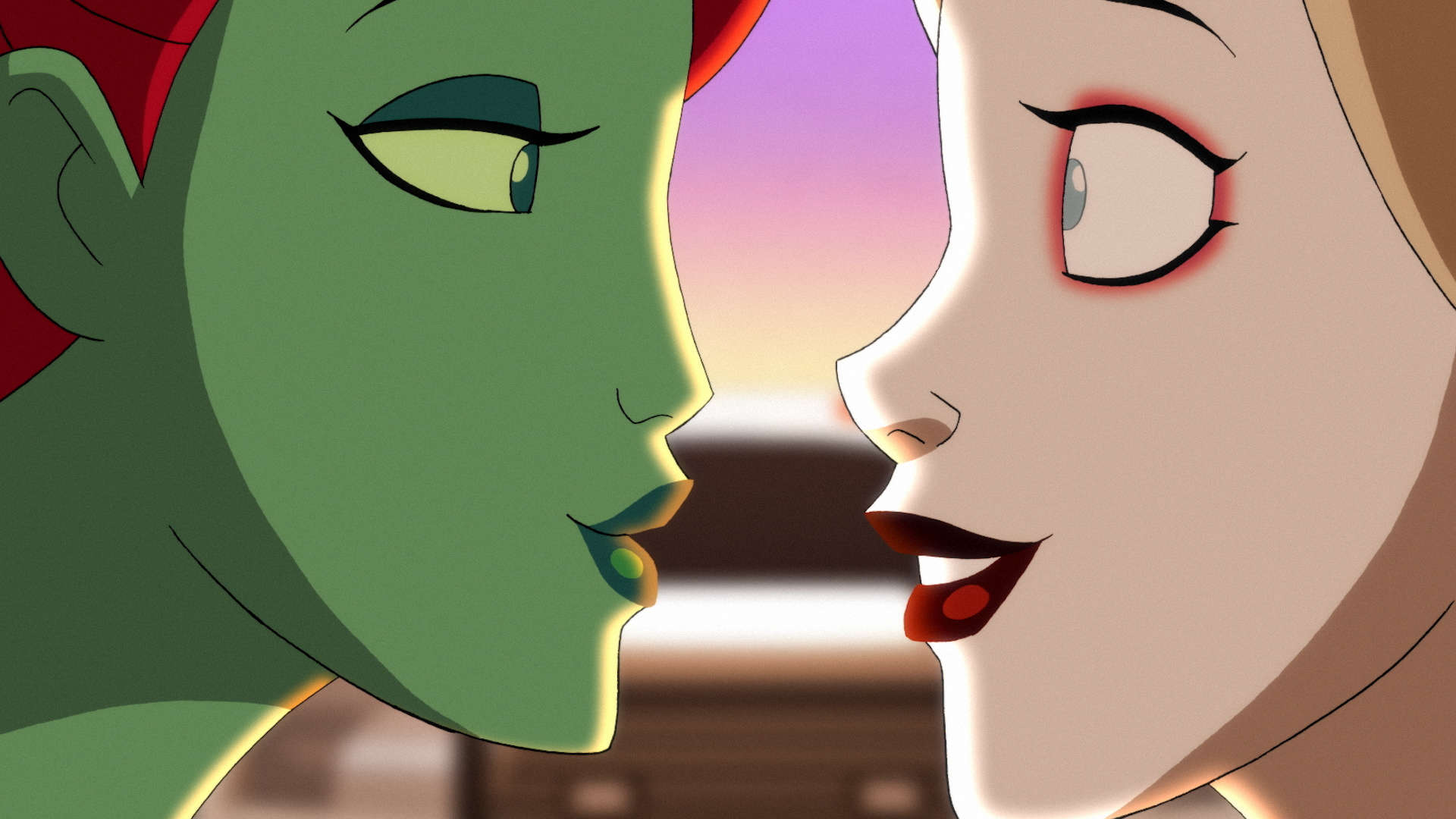 These dermatologists’ tips tell you how to protect your skin.
These dermatologists’ tips tell you how to protect your skin.
Relieve uncontrollably itchy skin
Find out what may be causing the itch and what can bring relief.
Darker Skin Tones
-
Skin care secrets
-
Hair care
-
Hair loss
-
Diseases & Conditions
- Acne
- Dark spots
- Dry skin
- Light spots
- Razor bumps
- Caring for Black hair
- Scalp psoriasis
- Weaves & extensions
- Central centrifugal cicatricial alopecia
- Frontal fibrosing alopecia
- Hairstyles that pull can cause hair loss
- Acanthosis nigricans
- Acne keloidalis nuchae
- Hidradenitis suppurativa
- Keloid scars
- Lupus and your skin
- Sarcoidosis and your skin
- Skin cancer
- Vitiligo
- More diseases & conditions
Featured
Fade dark spots
Find out why dark spots appear and what can fade them.
Untreatable razor bumps or acne?
If you have what feels like razor bumps or acne on the back of your neck or scalp, you may have acne keloidalis nuchae. Find out what can help.
Cosmetic treatments
-
Your safety
-
Age spots & dark marks
-
Cellulite & fat removal
-
Hair removal
-
Scars & stretch marks
-
Wrinkles
-
Younger-looking skin
Featured
Laser hair removal
You can expect permanent results in all but one area. Do you know which one?
Do you know which one?
Scar treatment
If you want to diminish a noticeable scar, know these 10 things before having laser treatment.
Botox
It can smooth out deep wrinkles and lines, but the results aren’t permanent. Here’s how long botox tends to last.
Public health programs
-
Skin cancer awareness
-
Free skin cancer screenings
-
Kids’ camp
-
Good Skin Knowledge
-
Shade Structure grants
-
Skin Cancer, Take a Hike!™
-
Awareness campaigns
-
Flyers & posters
-
Get involved
- Lesson plans and activities
- Community grants
Featured
Free materials to help raise skin cancer awareness
Use these professionally produced online infographics, posters, and videos to help others find and prevent skin cancer.
Dermatologist-approved lesson plans, activities you can use
Free to everyone, these materials teach young people about common skin conditions, which can prevent misunderstanding and bullying.
Find a dermatologist
-
Find a dermatologist
-
What is a dermatologist?
-
FAAD: What it means
-
How to select a dermatologist
-
Your digital health
-
Prior authorization
-
Dermatologists team up to improve patient care
- Finding accurate health information
- Health apps
- Wearable medical devices
- Telemedicine
- Taking pictures of your skin
- Protect your information
Featured
Find a Dermatologist
You can search by location, condition, and procedure to find the dermatologist that’s right for you.
What is a dermatologist?
A dermatologist is a medical doctor who specializes in treating the skin, hair, and nails. Dermatologists care for people of all ages.
Poison Ivy – Poison Ivy Treatment
What is poison ivy?
Poison ivy is a type of toxic plant. It is very common in most parts of the United States. Poison ivy often grows low to the ground, resembling a weed or shrub. It also can grow taller as a vine, along plants, trees, or poles. Both forms have stems with 3 leaves. The leaves change color with the seasons. They may produce whitish flowers or berries.
Symptoms of poison ivy
The main symptom of poison ivy is a rash. This is otherwise known as contact dermatitis. The rash can be mild or severe. It may appear right away or 1 to 2 days after contact. It is marked by redness and swelling. Small blisters may form and become itchy or painful. Try not to scratch the blisters. Bacteria from under your fingernails can get into the blisters and cause an infection.
Try not to scratch the blisters. Bacteria from under your fingernails can get into the blisters and cause an infection.
What causes poison ivy?
Poison ivy contains an oil called urushiol. Most people are allergic to it. This oil sticks to your skin when you come into contact with it. You can get the oil on your skin by:
- Touching the poison ivy plant
- Touching clothing or shoes that have the oil on them
- Touching lawn or garden tools that have the oil on them
- Touching pets that have been around poison ivy and have the oil on their fur
- Burning the poison ivy plant (the oil from the plant is carried in the smoke)
How is poison ivy diagnosed?
A doctor can diagnose a poison ivy rash by reviewing your symptoms. They will also examine your rash to make sure it’s not caused by an allergy or other medical condition.
Can poison ivy be prevented or avoided?
You can prevent and avoid poison ivy most of the time. Look out for the plant any time you are outside. A well-known saying to remember is, “Leaves of three, let them be.” Other tips to prevent poison ivy include:
Look out for the plant any time you are outside. A well-known saying to remember is, “Leaves of three, let them be.” Other tips to prevent poison ivy include:
- Wear protective clothing when you work in the lawn or garden. This includes long sleeves and pants, as well as gloves.
- Wash your clothes and shoes after being outside.
- Clean your gloves and tools after each use.
- Wash your pets if you think they have come into contact with the plant. Most pets are not allergic to the oil, but they can spread it to you.
These tips are especially important if you know you have a severe allergy to poison ivy.
The poison ivy rash is not contagious. But you can spread poison ivy to another person if they touch the oil on you or your clothing.
Poison ivy treatment
Wash your skin right away if you come into contact with poison ivy or another toxic plant. Its oil can bond to your skin within minutes. Use soap and cool water. This can help remove the oil or prevent the oil from spreading. Products that contain certain cleansers, such as mineral oil, may help.
Products that contain certain cleansers, such as mineral oil, may help.
Some over-the-counter medicines help relieve rash symptoms, such as pain and itching. These include:
- Hydrocortisone creams (one brand name: Cortizone-10)
- Calamine lotion
- Antihistamine tablets (one brand name: Benadryl)
Oatmeal baths and wet compresses can help reduce symptoms as well.
Living with poison ivy
Most cases of poison ivy go away on their own in 1 to 3 weeks. After about a week, the blisters should start to dry up and the rash will begin to fade. Severe cases may last longer, have worse symptoms, and cover more of your body.
Call your doctor if:
- You have a fever over 100° F (37.8° C)
- You have a hard time breathing
- The rash is in your eyes, in your mouth, or on your genital area
- There is pus coming from your blisters
- The rash covers large areas of your body
- The rash does not get better after 1 week
Questions to ask your doctor
- How long does the oil from poison ivy remain active?
- Is poison ivy contagious?
- Why are some people more allergic to poison ivy than others?
- Can my allergy to poison ivy get worse over time?
- What are the side effects of severe poison ivy?
- I have poison ivy in my backyard.
 Is there a safe way to get rid of it?
Is there a safe way to get rid of it?
Resources
National Institutes of Health, MedlinePlus: Poison Ivy, Oak, and Sumac
U.S. Food and Drug Administration: Outsmarting Poison Ivy and Other Poisonous Plants
Copyright © American Academy of Family Physicians
This information provides a general overview and may not apply to everyone. Talk to your family doctor to find out if this information applies to you and to get more information on this subject.
Can a dog get poisoned by poison ivy
Can a dog get poisoned by ivy? If you’ve ever wondered if your dog might itch after coming into contact with this itch-causing plant, then this article is for you. Here’s the whole truth about animals and poison ivy, including the risk of what it can do to you and your dog.
What is poison ivy?
Poison ivy is a plant recognizable by its three ivy-like leaves that contain urushiol, an oil that commonly causes an itchy rash in humans.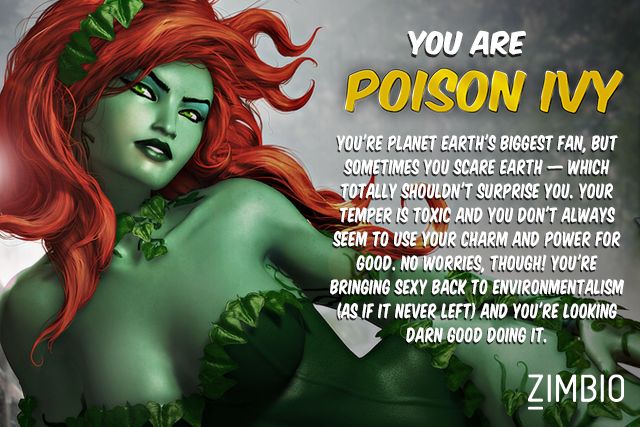 Other plants containing this oil are poison oak, which resembles oak leaves, and poison sumac. They are commonly found in the wild but occasionally invade parks and yards. Visit the US Food and Drug Administration website for more information on how to identify each of these plants.
Other plants containing this oil are poison oak, which resembles oak leaves, and poison sumac. They are commonly found in the wild but occasionally invade parks and yards. Visit the US Food and Drug Administration website for more information on how to identify each of these plants.
Can dogs get poisoned by ivy?
Dogs can get a poison ivy rash, but this is rare, according to the Pet Poison Helpline. Most pets’ skin is protected from the rash-causing oil by the coat. But dogs with sparse or very short coats are more susceptible to rashes, although that doesn’t mean they are more responsive to urushiol. However, the biggest danger for most animals is poison ivy ingestion. This is usually limited to an upset stomach, but a severe allergic reaction can cause a dog to go into anaphylactic shock, which causes the airways to swell up, preventing the dog from breathing. Although this is not as common as in allergic people, it is worth keeping an eye on the animal just in case. If you know or suspect that your dog has ingested poison ivy, poison oak, or poison sumac, keep a close eye on it and contact your veterinarian immediately.
If you know or suspect that your dog has ingested poison ivy, poison oak, or poison sumac, keep a close eye on it and contact your veterinarian immediately.
Poison ivy symptoms to look out for
Here are a few common symptoms that your dog has come into contact with or ingested with one of these itchy plants:
- Redness, swelling, and itching at the site of contact.
- Blisters and scabs.
- Abdominal pain.
- Vomiting.
- Diarrhea.
Considering the possible risk of anaphylaxis and the fact that these signs may indicate something more serious, if you notice any of these symptoms, it is best to contact your veterinarian.
Dog and Poison Ivy Hazard to Humans
While the risk to your dog is low from contact between a dog and poison ivy, there is a good chance that they can transfer poison ivy to you, another person, or even other pets. If the juice or oil from one of these plants gets on your dog’s coat, it can affect you when you pet the dog, or if he rubs against you, or even if you touch his bed or sit on the same chair or cushion where he sat.
To reduce the risk of exposure to poison ivy through your puppy, keep him on a leash when you go hiking or for a walk, and get rid of any of these plants if you spot them in your yard. The Poison Pet Helpline also recommends bringing a towel and a pair of gloves with you so you can dry your pet safely after the hike. And if there’s a chance your dog may have had contact with a poisonous plant, bathe him right away, preferably with gloves – and don’t forget to wash his collar and leash. If you’ve come into contact with poison ivy yourself, it’s a good idea to thoroughly wash your dog (as well as yourself) to prevent transferring the oil from you to him.
Treating Poison Ivy Poison in Dogs
If your dog does develop a poison ivy rash, it is best to bathe it with a dog shampoo containing (oatmeal). Stomach problems caused by ingestion of a poisonous plant should resolve on their own, but still call your veterinarian for their opinion. But if your pet shows any signs of breathing problems, contact your veterinarian immediately.

 Is there a safe way to get rid of it?
Is there a safe way to get rid of it?